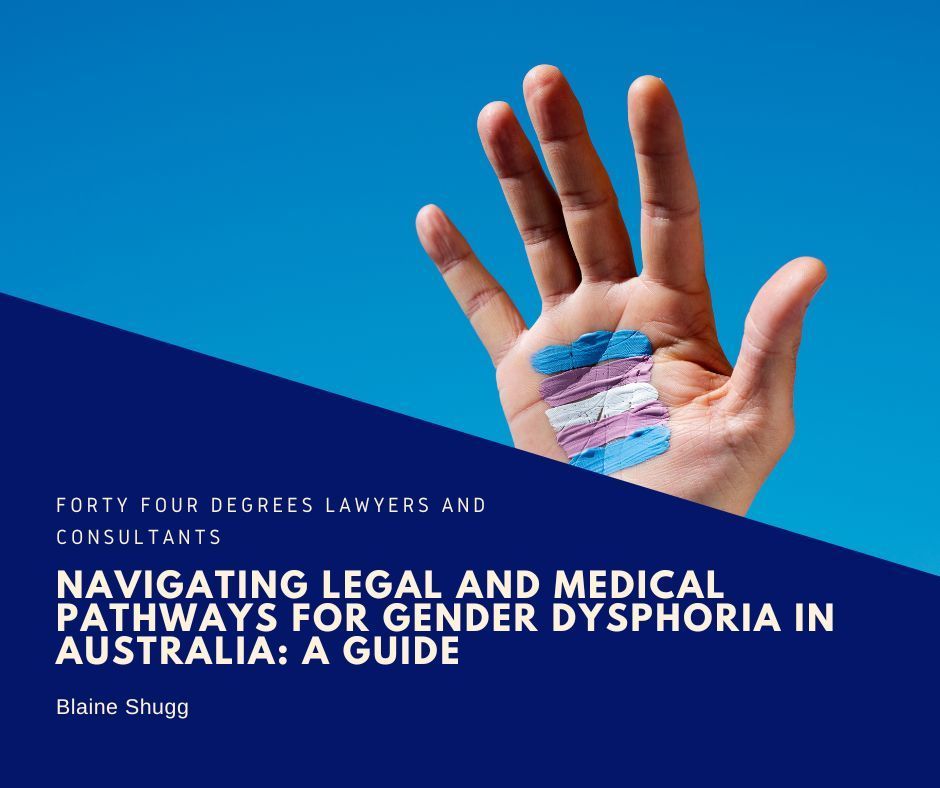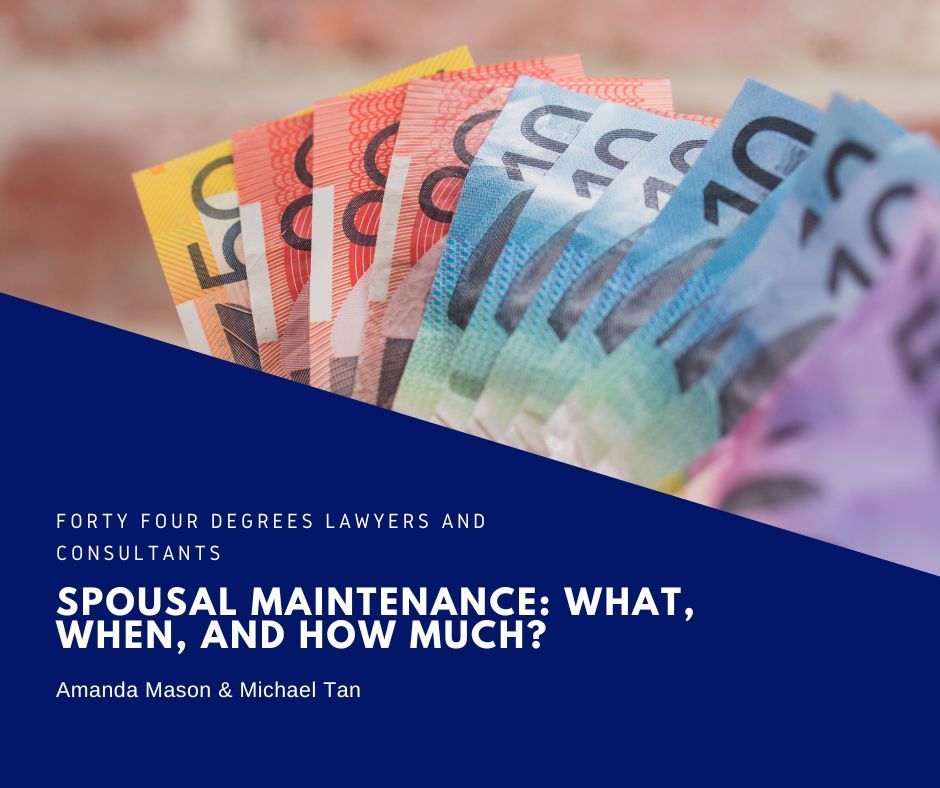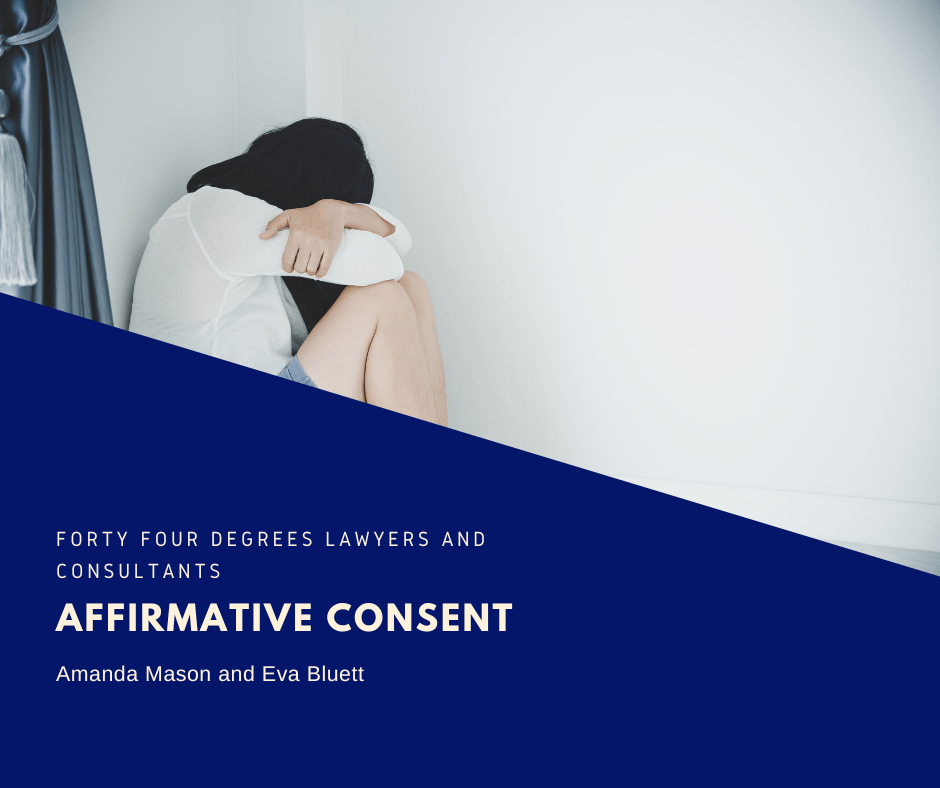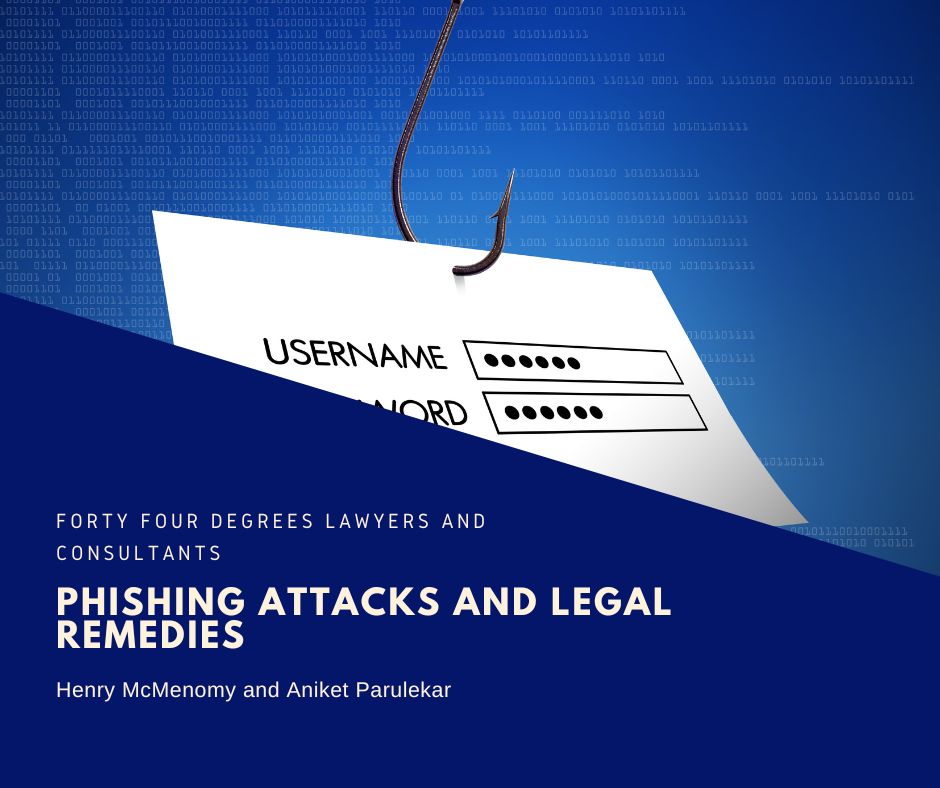General Protections: Navigating Employee Rights in Australia
General Protection claims are becoming more common in Australia. It's crucial for businesses and employees to understand what these claims are, and how to prevent them.
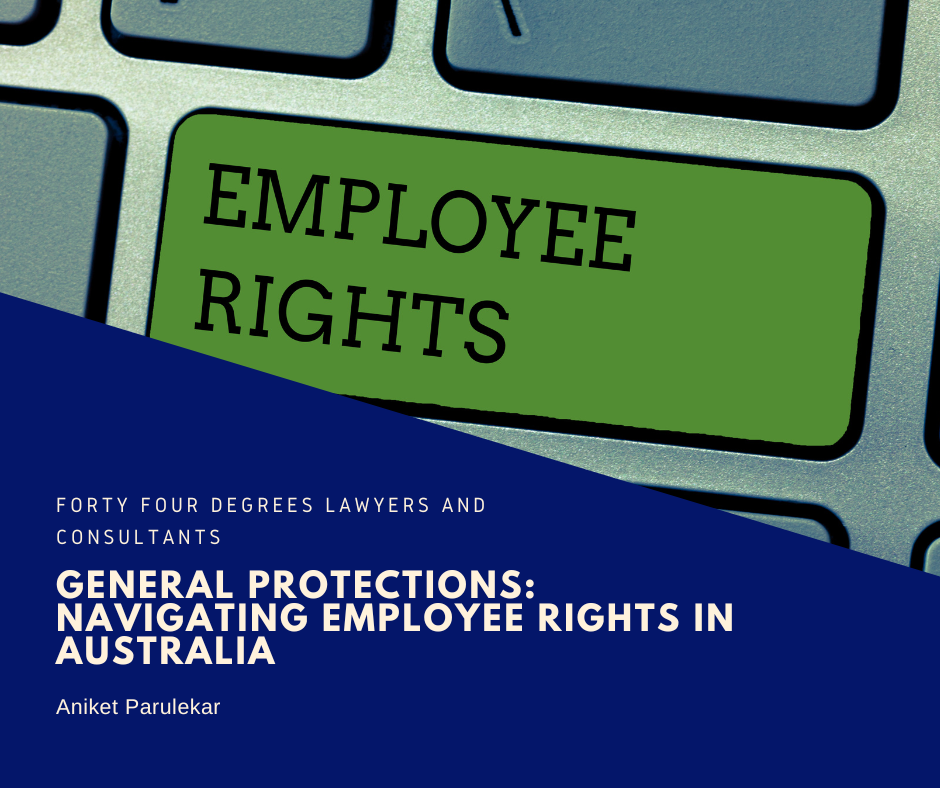
What Are General Protections?
General protections, as per Part 3 – 1 of the Fair Work Act 2009, ensure that certain workplace rights are well-protected and that unlawful workplace behaviour is suitably deterred. These protections aim to safeguard employees from adverse actions taken due to discriminatory reasons or for exercising, failing to exercise or proposing to exercise a workplace right.
Adverse action might include dismissal, injury in employment, altering the position of the employee to their detriment, or discrimination between employees. Discriminatory reasons may encompass race, colour, sex, sexual orientation, age, mental or physical disability, marital status, family or carer's responsibilities, pregnancy, religion, political opinion, national extraction, or social origin.
Understanding Workplace Rights
Workplace rights are the provisions and protections given to employees under Australian law. They form the basis of healthy and fair employer-employee relationships. Here are some examples:
- Right to Fair Pay: This includes the minimum wage and other benefits, such as penalty rates, allowances, and overtime.
- Right to a Safe Work Environment: All employees have the right to a safe and healthy workplace that adheres to the health and safety regulations.
- Right to Freedom from Discrimination: Employees should be free from discriminatory actions based on protected attributes, like race, sex, age, or disability.
- Right to Request Flexible Work Arrangements: Employees can request flexible work arrangements, especially if they have caregiving responsibilities, have a disability, or are above 55 years of age.
- Right to Engage in Industrial Activities: This includes the right to be a member of a union, participate in union activities, and represent or advance particular views or interests.
Eligibility Criteria for Making a General Protections Application
To lodge a general protections application, the employee must have evidence of an adverse action taken by their employer that is in breach of the general protections provisions. Essentially, the individual should be able to demonstrate that:
- Workplace Right: The employee must be able to establish that they had a workplace right. This could include entitlements under a workplace law or instrument, or the ability to initiate proceedings under a workplace law or instrument. It could also involve the capacity to make a complaint or inquiry about employment.
- Exercise of a Workplace Right: The employee needs to demonstrate that they have exercised, or proposed to exercise, their workplace right. This could include lodging a complaint about working conditions, asking about salary, or participating in union activities.
- Adverse Action: The employee must show that the employer took adverse action against them. This could take various forms such as dismissal, injury in employment, alteration of the position of the employee to their detriment, or discrimination between employees.
- Causal Link: There needs to be a clear link showing that the adverse action was taken because of the employee’s exercise of a workplace right. The adverse action must not have been taken for a reason unrelated to the exercise of the workplace right. It is noteworthy that the Fair Work Act 2009 uses a ‘reverse onus of proof’ for this element, meaning that if the first three elements are established, it is presumed that the adverse action was taken as a result of the exercise of the workplace right, unless the employer can prove otherwise.
In Bendigo Regional Institute of Technical and Further Education v Barclay (2012) 248 CLR 500, it was clarified that the central question in determining the causal link is the actual reason(s) in the mind of the person who took the adverse action, or the decision-maker. If they were motivated by a reason unrelated to the exercise of a workplace right, then a breach of general protections provisions is not established.
The Process of Making a General Protections Application in the Fair Work Commission
The process begins with the aggrieved party lodging a Form F8 – "General Protections Application Involving Dismissal" or a Form F8C – "General Protections Application Not Involving Dismissal", depending on the circumstances of the case. These forms should be submitted to the Fair Work Commission (FWC) within 21 days of the dismissal taking effect, or within a reasonable time for non-dismissal cases.
Once the FWC accepts the application, they will notify the other party, inviting a response. If both parties agree, the FWC will arrange a conciliation conference – a voluntary, confidential and informal process where the parties try to resolve the matter with the help of an independent conciliator.
What Happens if the Matter Does Not Resolve at a Conciliation?
In the event there is no resolution at the conciliation, the matter can be referred to the Federal Circuit Court or Federal Court. At this point, the matter will generally revert to a mediation and eventually, a trial before a judge. The court will then make a legally binding decision. It's crucial to understand that this process can be time-consuming and costly, and legal advice should be sought. Forty Four Degrees excels in claims such as this and can provide you with the right advice for your situation.
Damages Available for General Protections Claims
If a general protections claim is successful, the range and type of damages available to the applicant vary based on the specifics of the case. These could include:
- Reinstatement: If the court deems it appropriate, they can order the employer to reinstate the employee to their former position.
- Compensation: Compensation can be awarded for lost earnings and any other losses suffered as a result of the adverse action. There is no capped limit for general protections claims, and the amount awarded will be what the court considers appropriate.
- Penalty: Courts can also order the employer to pay a penalty for breach of the general protections provisions. As of the last update, the maximum penalty for individuals is $16,500 per contravention and for companies is $82,500 per contravention.
Practical Steps if Adverse Action is Suspected
If you believe your employer may have taken adverse action against you for exercising a workplace right, consider the following steps:
- Document Everything: Keep a record of incidents, including dates, times, locations, individuals involved, and what was said or done.
- Seek Advice: Contact us at Forty Four Degrees to get advice and guidance on whether your rights have been infringed upon, and what remedies you have available to you.
- Report the Issue: If comfortable, discuss the issue with a supervisor, HR, or anyone in authority at your workplace. They may be able to address the problem without further escalation.
- Lodge a General Protections Claim: If you've taken the above steps and the issue persists, you may need to lodge a general protections claim with the FWC. Make sure to lodge your claim within the relevant time limits and seek our advice to ensure you are giving yourself the best chance of success.
Understanding and effectively navigating the general protections provisions under Australia's fair work legislation is vital in maintaining workplace harmony and justice. If you believe you have been subject to an adverse action contravening these protections, we strongly advise you to seek legal advice to understand your rights and potential remedies better. Remember, every case is unique, and the guidance of a seasoned legal professional can be invaluable in these matters. Our firm is committed to supporting you through any adverse action claims, offering expert advice and representation to protect your rights.
If you are an employee that feels their rights may have been infringed or have had adverse action taken against you for exercising your workplace rights, reach out to Aniket Parulekar or a member of our team by calling 1300 892 237 or emailing [email protected].
Contact Us
We’re an Australian Law Firm promoting a nuanced, personal touch. We have the skills you need to resolve your case quickly and with a positive outcome. Our straight talking team stays close to simplify what is most often a complicated process. We help individuals and businesses with technology and startup law, property law including conveyancing and leasing, commercial law, civil litigation, wills, estates, bankruptcy, insolvency, criminal law, and professionals facing investigations and charges from their regulatory body.
We have a connected network of talented lawyers in Melbourne CBD, Dandenong, Ballarat, and Ivanhoe East.
Fill out the form or call us on 1300 892 237.
We will get back to you as soon as possible
Oops, there was an error sending your message.
Please try again later or call us on 1300 892 237.

